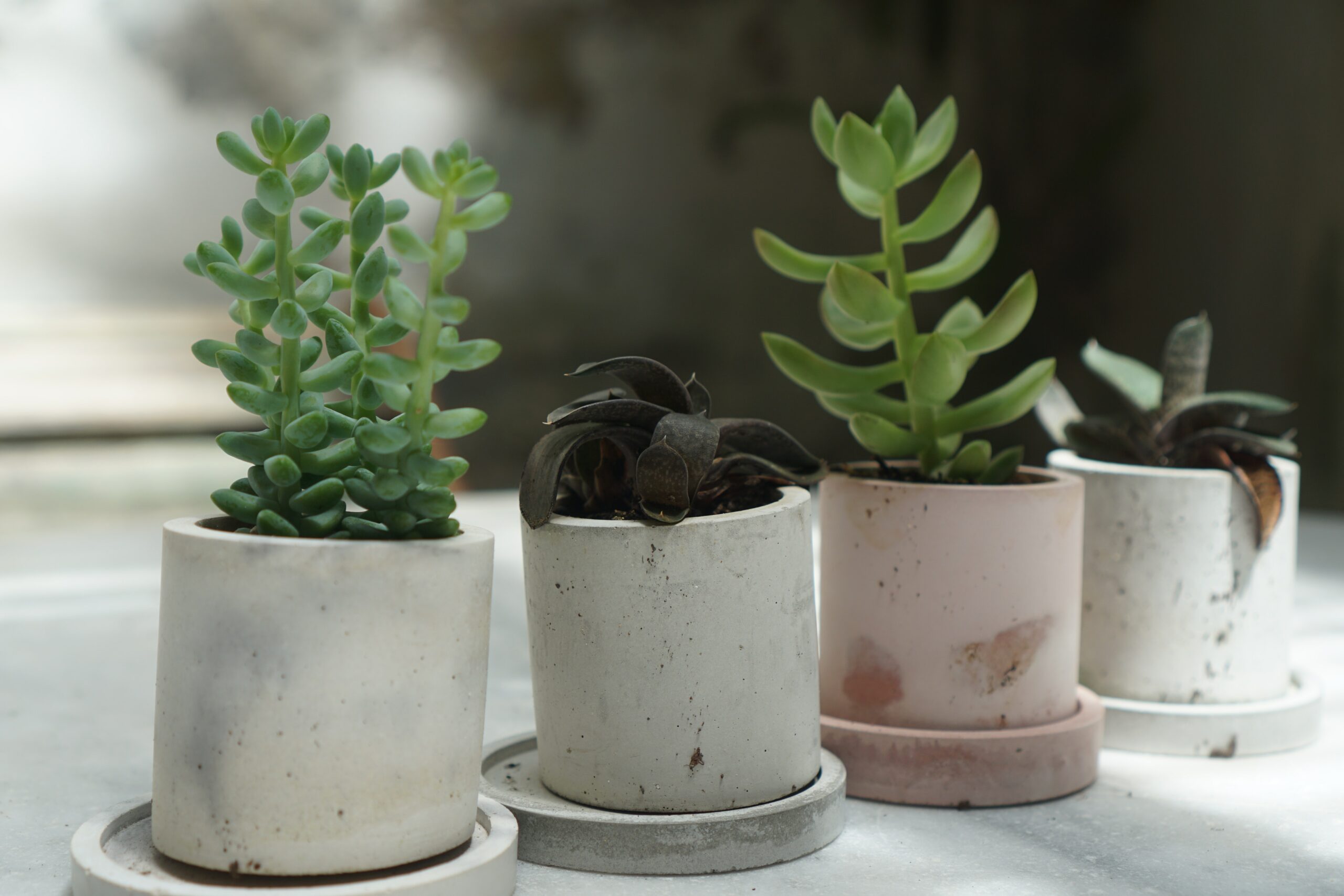Beautiful Plants For Your Interior

Propagation cups have gained popularity among plant enthusiasts as a convenient method for starting new plants from cuttings. These miniature containers are designed to create a controlled environment that encourages root development. However, like any gardening tool, their effectiveness depends on how they are used. In this article, we’ll explore what propagation cups are, how they work, and whether they can hinder or promote plant growth.
What Are Propagation Cups?
Propagation cups, also known as propagation domes or seedling trays, are small, typically transparent containers used for propagating plants from cuttings or seeds. They consist of a plastic or biodegradable tray with individual cells or cups, and a transparent or vented lid that covers the tray. These cups create a mini greenhouse effect, maintaining high humidity and warmth, which can promote root and seedling growth.
How Do Propagation Cups Work?
Propagation cups create a favorable microclimate for plant propagation in several ways:
- Humidity Control: The sealed or vented lid traps moisture inside, creating high humidity levels. This is particularly beneficial for cuttings, as it reduces moisture loss through transpiration and encourages the development of new roots.
- Temperature Regulation: The transparent lid allows sunlight to enter and traps heat, creating a warmer environment that is conducive to root growth and germination.
- Protection: The cups shield delicate cuttings or seedlings from external environmental stresses, such as wind or temperature fluctuations.
Hindrance or Help for Plant Growth?
The effectiveness of propagation cups largely depends on how they are used and the specific needs of the plants being propagated. Here are some considerations:
Pros of Propagation Cups:
- Higher Success Rate: Propagation cups can significantly increase the success rate of root development for cuttings, making them an excellent choice for propagating more delicate or challenging plants.
- Protection: They offer protection against pests, diseases, and harsh environmental conditions, which can be especially helpful for young seedlings.
- Controlled Environment: You have better control over humidity and temperature, ensuring ideal conditions for propagation.
Cons of Propagation Cups:
- Overhydration: If not monitored properly, propagation cups can lead to overhydration, which can hinder root development or cause mold and rot issues.
- Transplant Shock: When young plants or cuttings are moved from the controlled environment of a propagation cup to the open garden or larger containers, they may experience transplant shock.
Proper Usage is Key
Propagation cups can be valuable tools for successful plant propagation when used correctly. They provide a controlled environment that fosters root development and seedling growth. However, it’s crucial to monitor moisture levels and ensure a smooth transition for plants once they outgrow the cups. When used thoughtfully, propagation cups can be a valuable asset for any plant propagator.